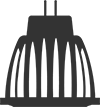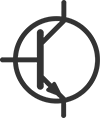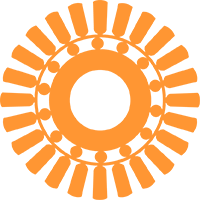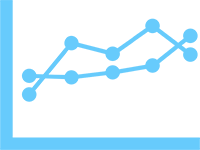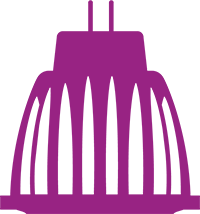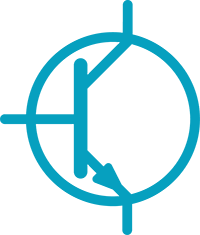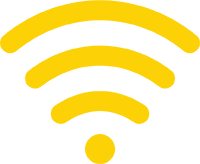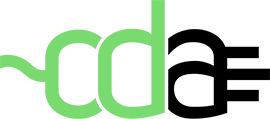The 4E TCP investigates new ways for governments to expand energy efficiency policies for appliances and equipment. 4E TCP is already exploring ways in which policies for integrated products can be broadened to cover certain equipment-systems.
For example, EMSA analyses policies for motor driven units, such as for pumps, fans and compressors; while the SSL Annex is looking at luminaires and smart lighting. EDNA considers how the connection of devices to other equipment and the internet can save energy in larger systems.
This experience has been instrumental in understanding the opportunities for new energy efficiency policy approaches to address the interaction of appliances, controls, and other equipment within energy-using systems. They have shown that energy-using systems represent a largely untapped potential for additional energy savings, and their regulation could provide increased flexibility in ways that industry can meet policy requirements.
As a result, the 4E’s Strategic Work Plan for 2019-24 highlights to need to address systems:
“ Key challenges for 4E governments include the need to devise policy solutions to address the energy consumed by systems of equipment, digitalisation and rapidly evolving products such as electronic devices.”
“The work will be strengthened with particular emphasis on engagement with industry and the development of policy approaches to systems.”
The following steps outline the progress made in a comprehensive investigation into policies applicable to energy-using systems, which will inform 4E governments over forthcoming years.
4E Systems Project
Work commenced on a major new 4E project on regulating energy-using systems in 2021. This comprised the following two parts:
Part 1: The identification of barriers to energy efficiency regulations covering the following systems within the current appliance and equipment regulatory and compliance framework(s) in Australia, Canada, EU and Japan.
The three energy-using systems will be:
- Walk-in cool rooms
- Lighting systems
- Compressed air systems
Part 2: The calculation of the estimated global savings potential from the extension of energy efficiency policies to energy-using system.
4E Report: Progressing Energy Efficiency Policies for Systems (July 2022)
This includes estimates of savings potential, options for overcoming some of hurdles to regulation and the identification of system types most amenable to regulation.
4E Presentation: Transforming Product Efficiency Policy into System Efficiency Policy (2021)
A paper & presentation based on the work by 4E on regulating systems for the 2021 Summer Study of the European Council for an Energy Efficiency Economy (ECEEE). This peer-reviewed paper and the presentation can be viewed here.
4E Workshop: 2nd December 2020
At this on-line workshop, a number of systems cases studies were presented, some of which have been regulated. 4E Members discussed the key issues involved, including
- The power required by the legislation.
- The addressee of the regulation.
- Issues relation to the technologies.
4E Workshop: 12th November 2020
4E Members discussed the internal document “Energy Efficiency Policies for Systems”, including the current working definition of a system devised by 4E.
4E Definition of Energy Systems for Regulation
A system is a functional unit that consists of two or more physical parts that need to be assembled at the location where the system is used.1
A part is a single, identifiable item that provides a certain sub-function to the function of the system.
The parts in the definition are the parts that need to be assembled on location.
A system can consist of other parts that are already assembled in a factory.
Assembly2 of a system means putting together the parts of a system in order to build a functional unit that can be installed.
Installation2 of a system3 means connecting the system to another system in the environment, e.g. an energy grid.
1 In contrast, a product can be defined as a functional unit of which the parts are assembled in an industrial process, i.e. in a factory.
2 In practice assembly and installation are sometimes used interchangeable, but here the distinction is important.
3 Note that also products must be installed. What are sometimes called “installed products” are products that need installation by a professional.
Earlier milestones included:
- Internal 4E paper and working group established, May 2020
- Report from consultant & Workshop, October 2019
- ExCo agreement to new Systems project, Beijing, March 2019
- ExCo System Workshop in Sweden, November 2018
- ExCo Systems Workshop in Switzerland, May 2018

























